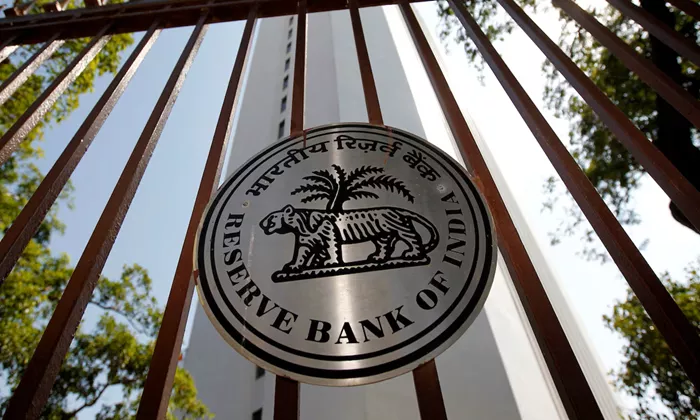India’s foreign exchange reserves fell to $691.5 billion on May 30, down $1.2 billion from the previous week, according to Reserve Bank of India (RBI) Governor Sanjay Malhotra.
This marks a drop from near eight-month highs and places the reserves about $13.4 billion below the record peak reached in September 2024.
Despite the decline, the RBI governor said the reserves remain strong enough to cover more than 11 months of goods imports and about 96% of India’s external debt.
This level of reserves provides a solid buffer against external shocks and supports the country’s external sector resilience.
The change in reserves reflects currency valuation effects as well as inflows and outflows. During the week ending May 30, the Indian rupee weakened slightly amid uncertainty over U.S. tariffs. The rupee had reached a six-month high earlier in May but lost ground by month-end.
On the same day, the RBI cut its key repo rate by 50 basis points, the third consecutive reduction, and lowered the cash reserve ratio for banks. These moves aim to ease liquidity and support economic growth amid global uncertainties.
India’s foreign exchange reserves also include its reserve tranche position at the International Monetary Fund (IMF), with foreign currency assets and gold reserves making up the bulk of the total holdings.


